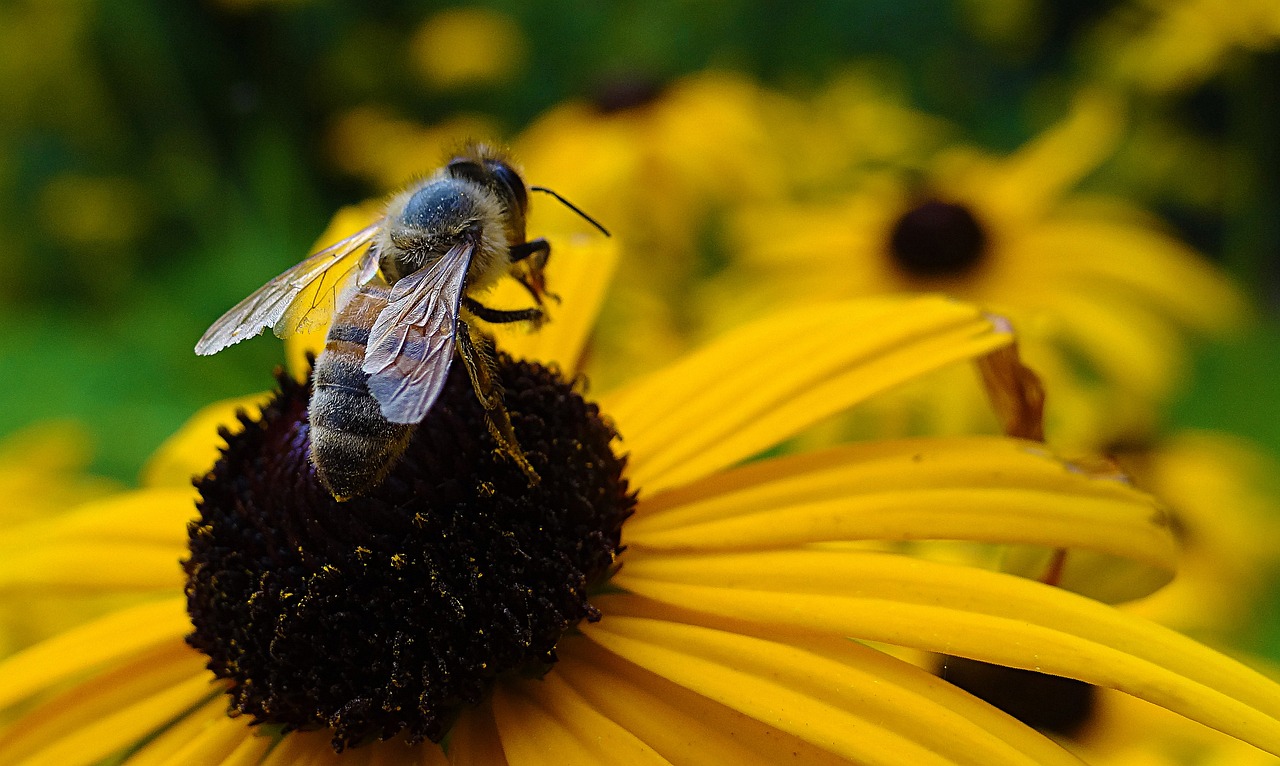As spring fades into summer, many of us are busy in our gardens. While you are tending yours, why not consider using native plants? Most are resilient and easy to care for, and they are uniquely qualified to support local wildlife and host pollinators while adding beauty to your landscape.
Here is a list of some commonly found and beautiful native plants that you can try in your garden now.
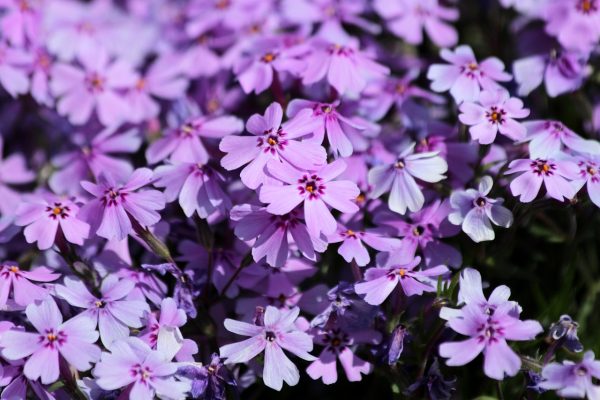
Creeping (Moss) Phlox (Phlox subulata): Creeping Phlox is an excellent native ground cover that can be found at some general nurseries. As its name suggests, it has a creeping growth habitat and will readily form a carpet if given the chance. Luckily, the plant produces beautiful flowers in spring that are attractive to bees and butterflies, so their pervasive growth habitat greatly benefits wildlife (and onlookers, for that matter).
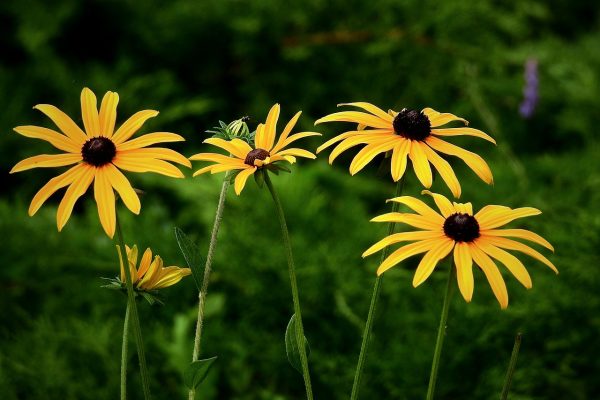
Black-eyed Susan (Rubeckia hirta): Black-eyed Susan is a hardy annual or biennial that is pretty popular amongst gardeners. They produce beautiful yellow flowers that are both easy on the eyes and attractive to local pollinators. They can be established in a variety of soil conditions and are great for adding a loud pop of color to a garden. If you choose to add this species, keep an eye out for Silvery Checkerspot butterflies, as they’re a frequent visitor or Black-eyed Susans.
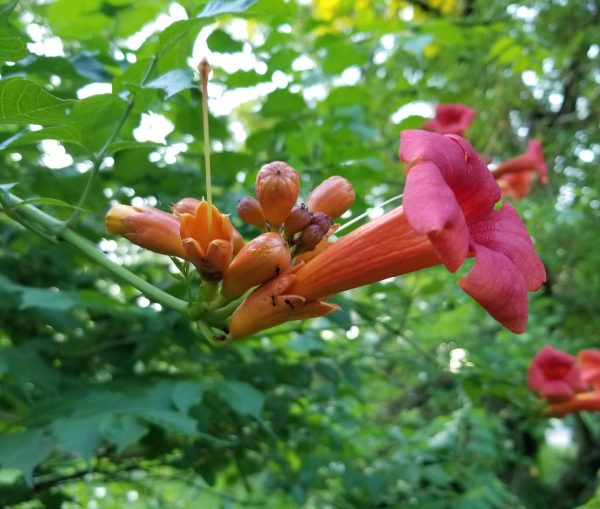
Trumpet Vine (Campsis radicans): If you’re both looking to add a vine to your garden and have a love for hummingbirds, this is a great option. Trumpet Vine is a native vine, typically found along field edges and other sunny environments. Their showy, tubular flowers are highly attractive to the Ruby-throated Hummingbird and Baltimore Orioles as well. All that being said, keep in mind that this species requires regular pruning and can “get out of hand” if left to its own devices.
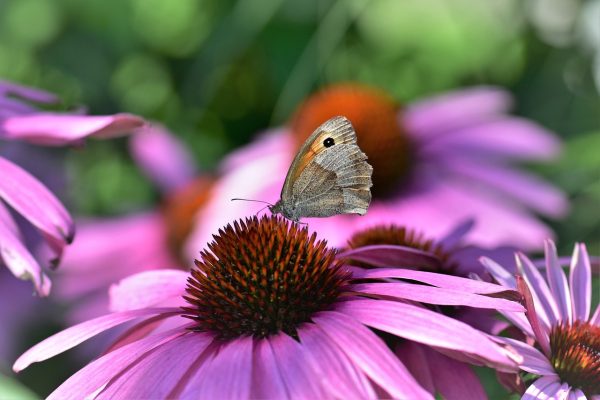
Purple Coneflower (Echinacea purpurea): Although Purple Coneflower technically isn’t native to Pennsylvania, it is native to an area just outside of Pennsylvania in Ohio, and it’s among the most popular plants found in native pollinator gardens. They flowers are a very attractive addition to a garden, not only to people but to bees and butterflies too. An added benefit of planting Purple Coneflower is that the plant is reportedly resistant to deer browse.
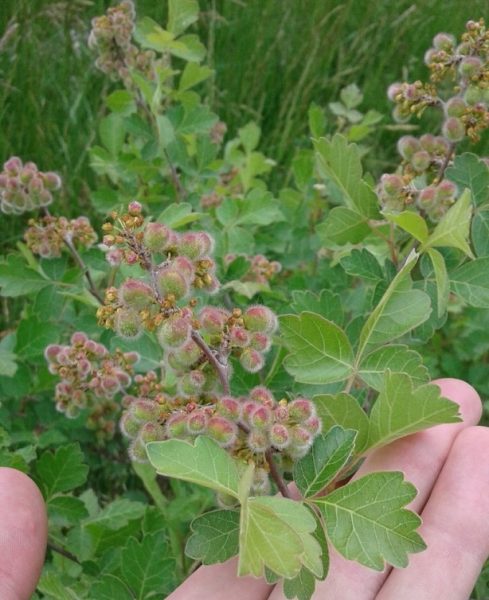
“fragrant sumac” by Quinten Wiegersma is licensed under CC BY 4.0.
Fragrant Sumac (Rhus aromatica): Native shrubs can be difficult to come by in general nurseries, but one you might come across is the Fragrant Sumac. This species is a shorter shrub, reaching a height of about 6 feet. A variety of insects visit their flowers, and their moderate height adds excellent structural diversity to a garden. They do particularly well in drier sunny areas.
One thing to remember is that similar cultivars and related non-native species are almost always sold alongside these natives, so it is best to visit native plant nurseries to find the native versions of these and other plants. Here’s a list of native plant nurseries that likely carry the species listed below and many others you won’t commonly find at general nurseries.
Whichever native plants you choose for your garden, know that your conscious choices are benefiting local pollinators and other wildlife!
Author Sebastian Harris is a Conservation Easement Steward at Heritage Conservancy.
